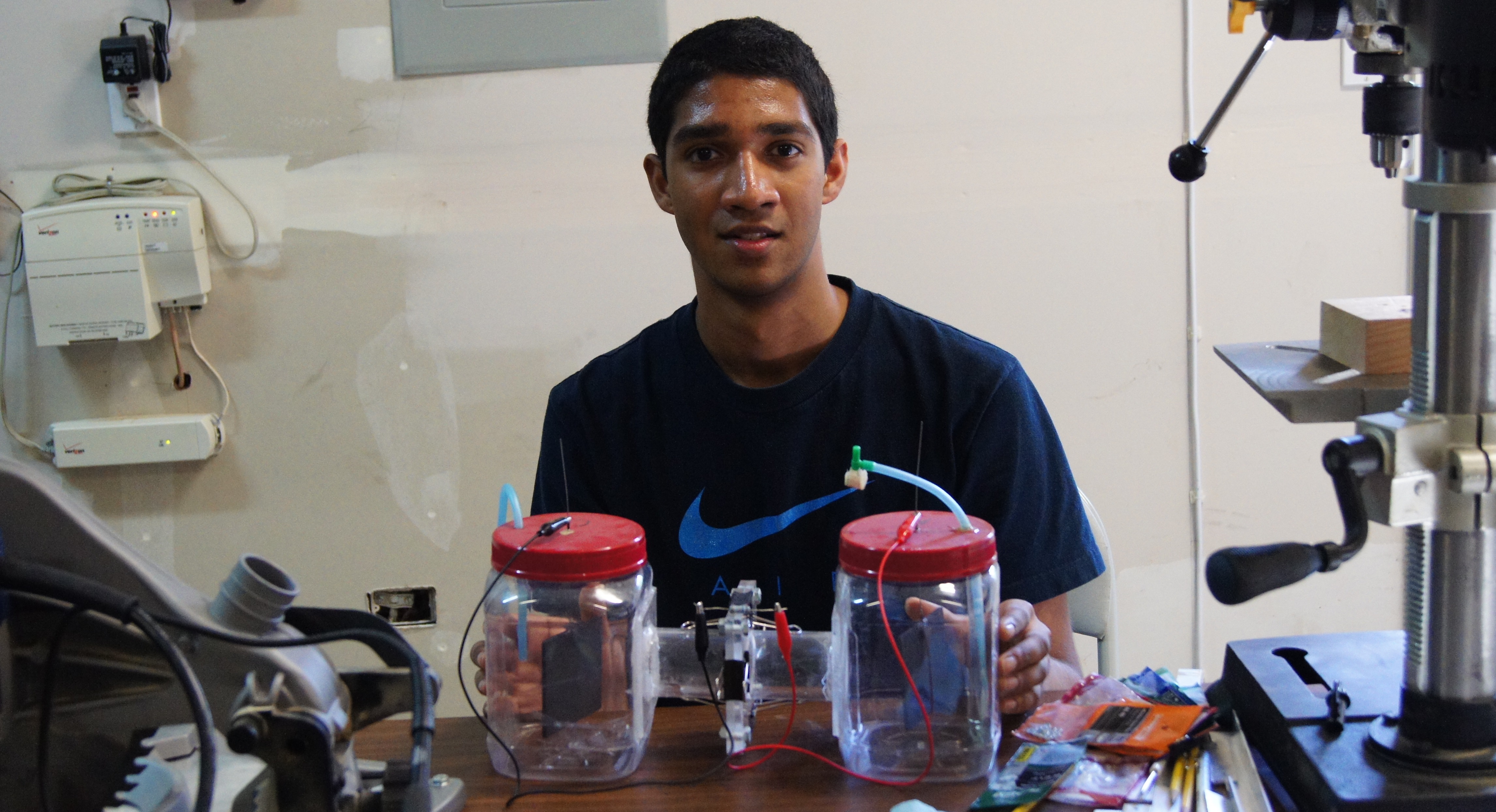I focused mainly on renewable energy, specifically microbial fuel cells (MFCs) and microbial electrolysis cells (MECs). A MFC is a device that can produce electricity from waste using bacteria, while a MEC is a device that uses electricity to produce hydrogen gas from waste. When MFCs and MECs are connected in series electrically, a MFC-MEC coupled system is formed, which can produce hydrogen gas from waste. I developed a power management device that can control the amount of electricity the MFC supplies to the MEC, so that various proportions of both electricity and hydrogen gas can be extracted from the MFC-MEC system based on commercial demand. Nearly 25 billion dollars are spent on wastewater treatment in the US alone, and many more billions are spent worldwide. MFCs and MECs have wide applications ranging from use in deep sea exploration to wastewater treatment.
I also worked on a computerized lip reading project. Computerized lip reading is a promising alternative to audio-based speech recognition in noisy environments. I developed a system that can convert lip movements to phonemes, the smallest units in the sound system of a language. These phonemes can then be converted to text. My computerized lip reading system can recognize lip movements with nearly 89% accuracy. Computerized lip reading systems can greatly benefit our world. They can be used in video surveillance systems for spying purposes in the fight against terrorism, and they can also be used as an aid for the hearing impaired. My research took me to competitions and conferences across the nation, where I met students of diverse cultural backgrounds who share my interest for math, science, and engineering!
